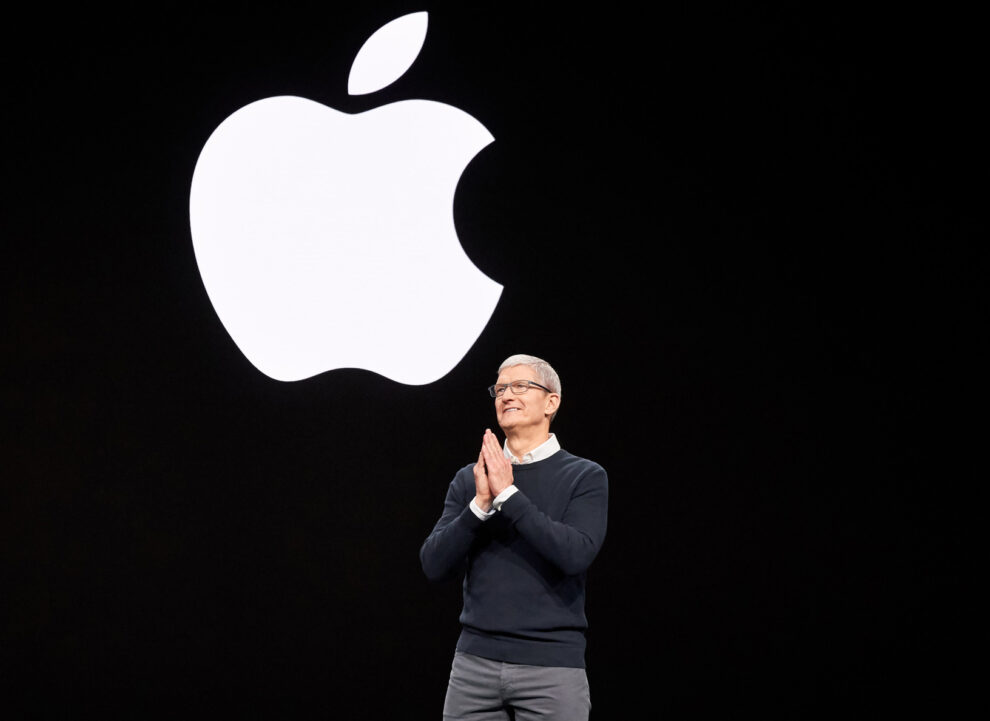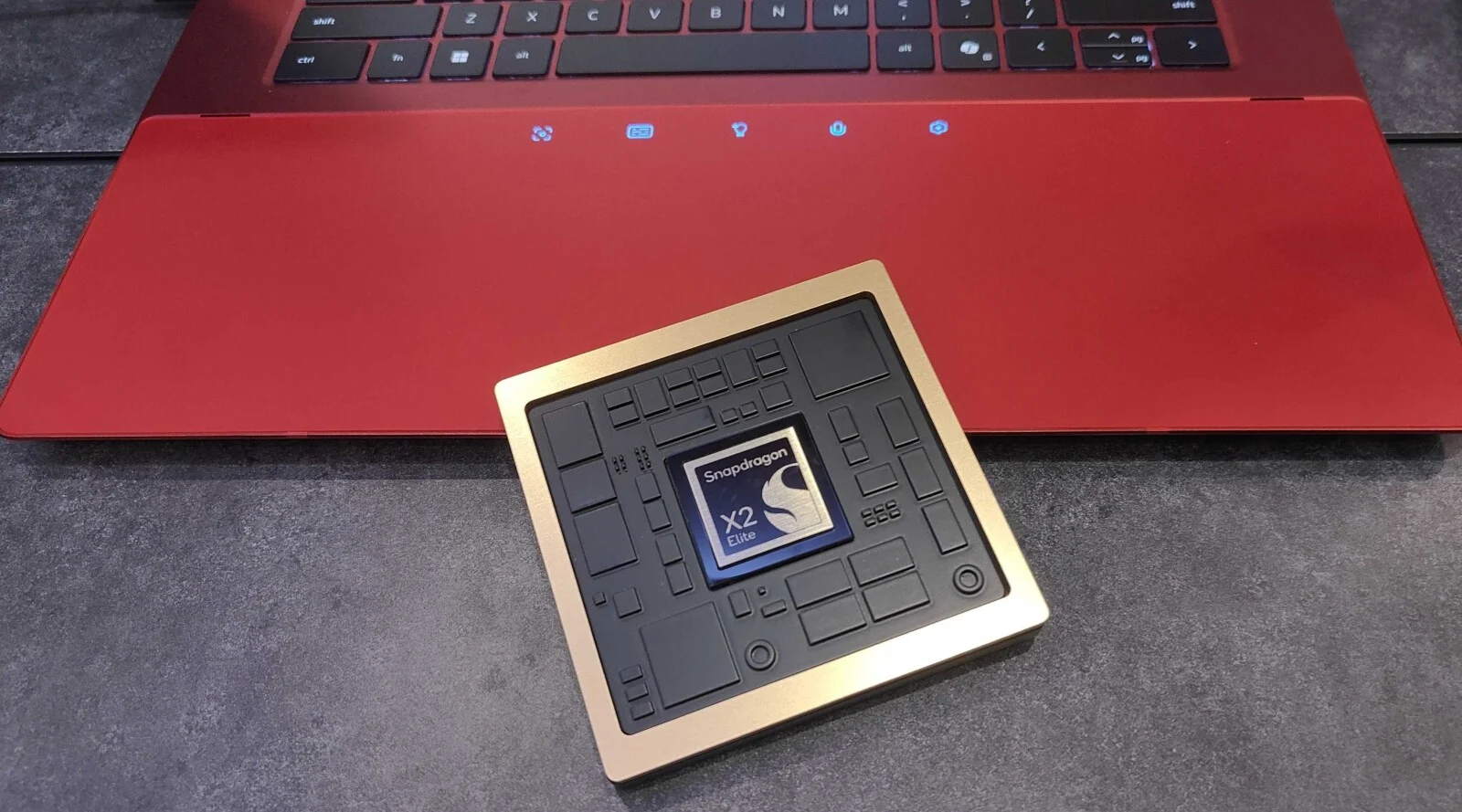Apple, traditionally known for its high-end, premium devices, is reportedly making a strategic pivot towards developing a more affordable version of its Vision headset. This decision reflects the tech giant’s response to the need for more accessible pricing in the competitive augmented reality (AR) and virtual reality (VR) markets.
Background on Apple’s Vision Project
Apple’s Vision Pro, a mixed reality headset, has set the bar high with its advanced features and steep price point. However, recent reports suggest that Apple is now prioritizing the development of a cheaper model, potentially foregoing some of the high-end features to cut costs and appeal to a broader audience.
Cost Reduction Strategies
The cheaper model of the Vision headset is said to be priced between $1500 and $2500. To achieve this reduction, Apple may remove the EyeSight feature, which uses an external OLED display to project the user’s facial expressions, offering a more immersive experience for others rather than the wearer. Additionally, Apple is considering using an A-series chipset, typically found in iPhones, instead of the more powerful M-series, aiming to balance performance with cost.
Production and Supply Chain Adjustments
To meet the demands of a lower price point, Apple is reportedly expanding its supplier base beyond Sony, which has been its primary supplier of micro-OLED displays. The incorporation of new suppliers like BOE and SeeYa Technology is expected to enhance production capabilities and reduce costs, although achieving this at a high yield remains a significant challenge.
Market Implications
The move to develop a more budget-friendly Vision headset could significantly broaden Apple’s customer base in the VR/AR market, making advanced technology accessible to a larger audience. This strategy not only addresses the price sensitivity of consumers but also positions Apple to compete more aggressively with other tech giants who are already offering lower-cost alternatives.
As Apple reconfigures its approach to the mixed reality hardware market, the focus on affordability could prove to be a prudent move, potentially increasing its market share and influence in the burgeoning AR and VR sectors. The tech community and potential users will eagerly await further announcements, as Apple continues to innovate while adapting to market demands.
By navigating the complexities of technology development and market dynamics, Apple’s strategic pivot highlights its adaptive strategies in an ever-evolving digital landscape. This adjustment in their product lineup demonstrates Apple’s commitment to not only advancing technology but also making it accessible to a wider range of consumers.








